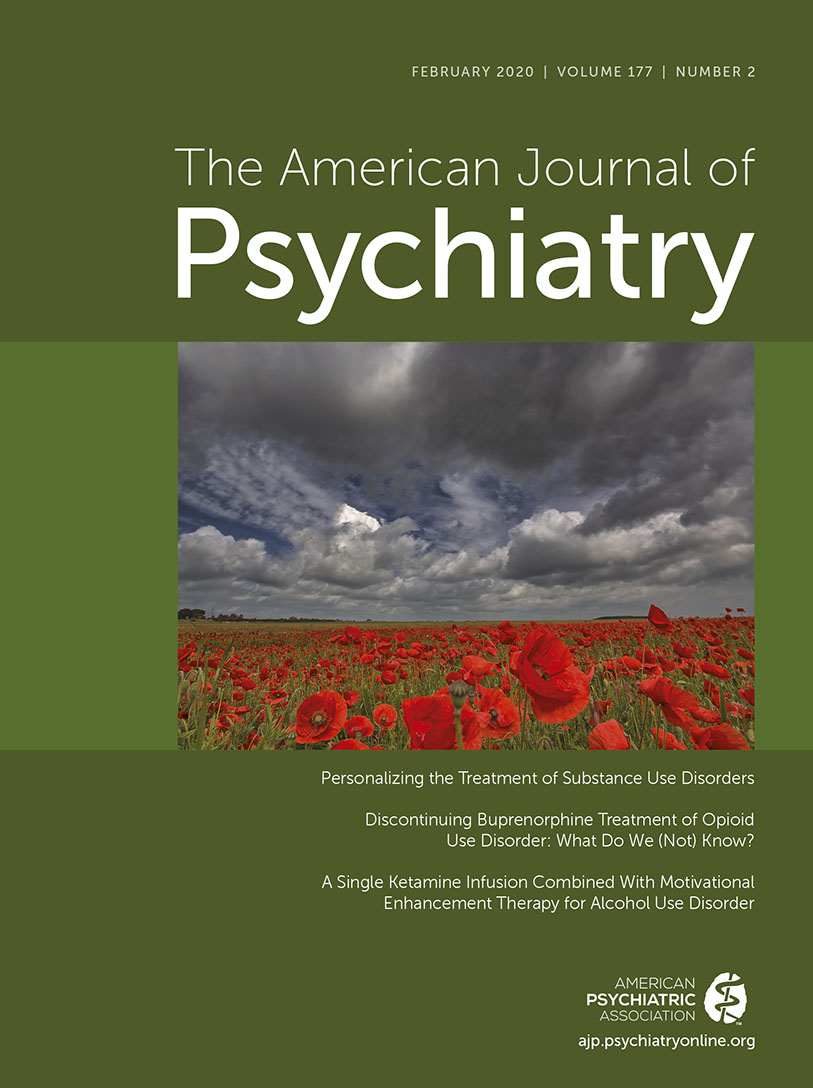Acute Care, Prescription Opioid Use, and Overdose Following Discontinuation of Long-Term Buprenorphine Treatment for Opioid Use Disorder
Abstract
Objective:
Although buprenorphine treatment reduces risk of overdose and death in opioid use disorder, most patients discontinue treatment within a few weeks or months. Adverse health outcomes following buprenorphine discontinuation were compared among patients who were successfully retained beyond 6 months of continuous treatment, a minimum treatment duration recently endorsed by the National Quality Forum.
Methods:
A retrospective longitudinal cohort analysis was performed using the MarketScan multistate Medicaid claims database (2013–2017), covering 12 million beneficiaries annually. The sample included adults (18–64 years of age) who received buprenorphine continuously for ≥180 days by cohorts retained for 6–9 months, 9–12 months, 12–15 months, and 15–18 months. For outcome assessment in the postdiscontinuation period, patients had to be continuously enrolled in Medicaid for 6 months after buprenorphine discontinuation. Primary adverse outcomes included all-cause emergency department visits, all-cause inpatient hospitalizations, opioid prescriptions, and drug overdose (opioid or non-opioid).
Results:
Adverse events were common across all cohorts, and almost half of patients (42.1%−49.9%) were seen in the emergency department at least once. Compared with patients retained on buprenorphine for 6–9 months (N=4,126), those retained for 15–18 months (N=931) had significantly lower odds of emergency department visits (odds ratio=0.75, 95% CI=0.65–0.86), inpatient hospitalizations (odds ratio=0.79, 95% CI=0.64–0.99), and filling opioid prescriptions (odds ratio=0.67, 95% CI=0.56–0.80) in the 6 months following discontinuation. Approximately 5% of patients across all cohorts experienced one or more medically treated overdoses.
Conclusions:
Risk of acute care service use and overdose were high following buprenorphine discontinuation irrespective of treatment duration. Superior outcomes became significant with treatment duration beyond 15 months, although rates of the primary adverse outcomes remained high.



